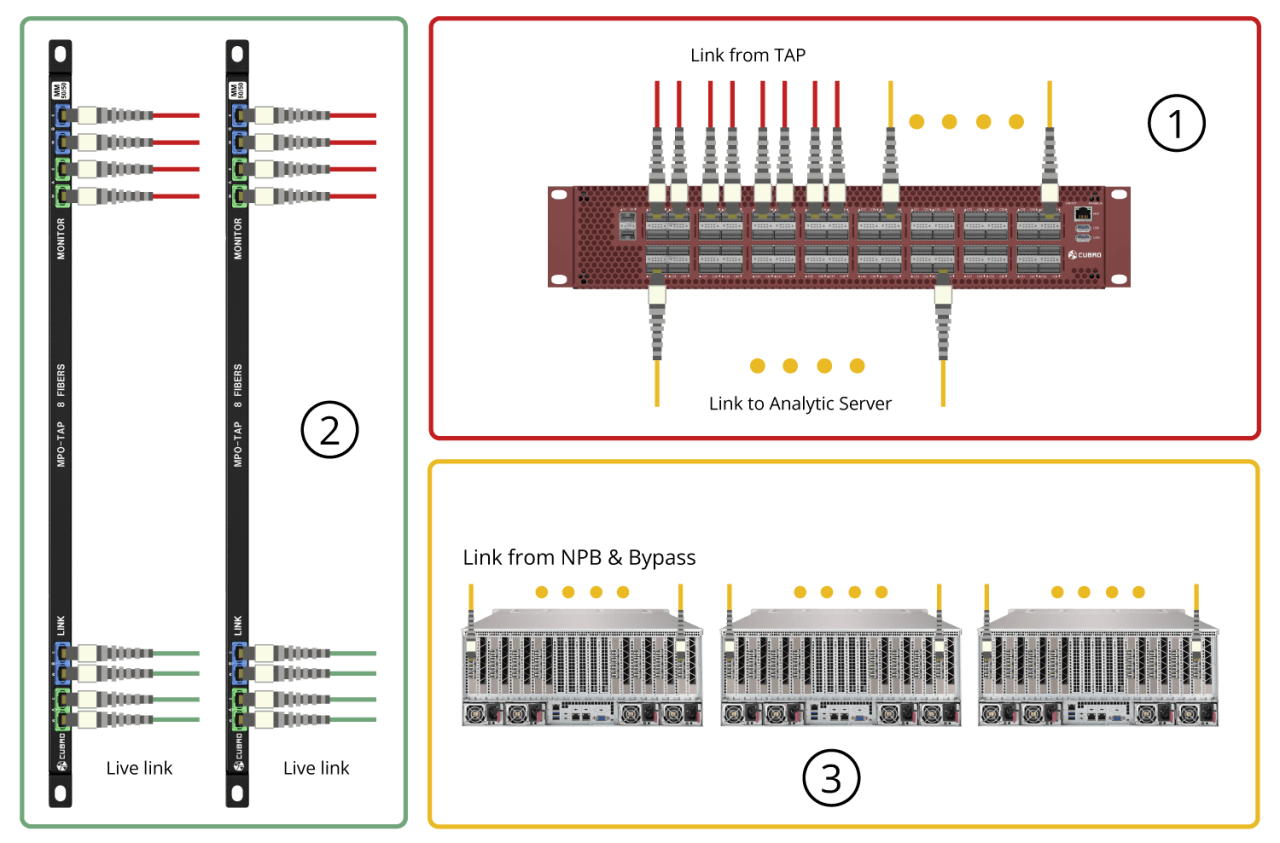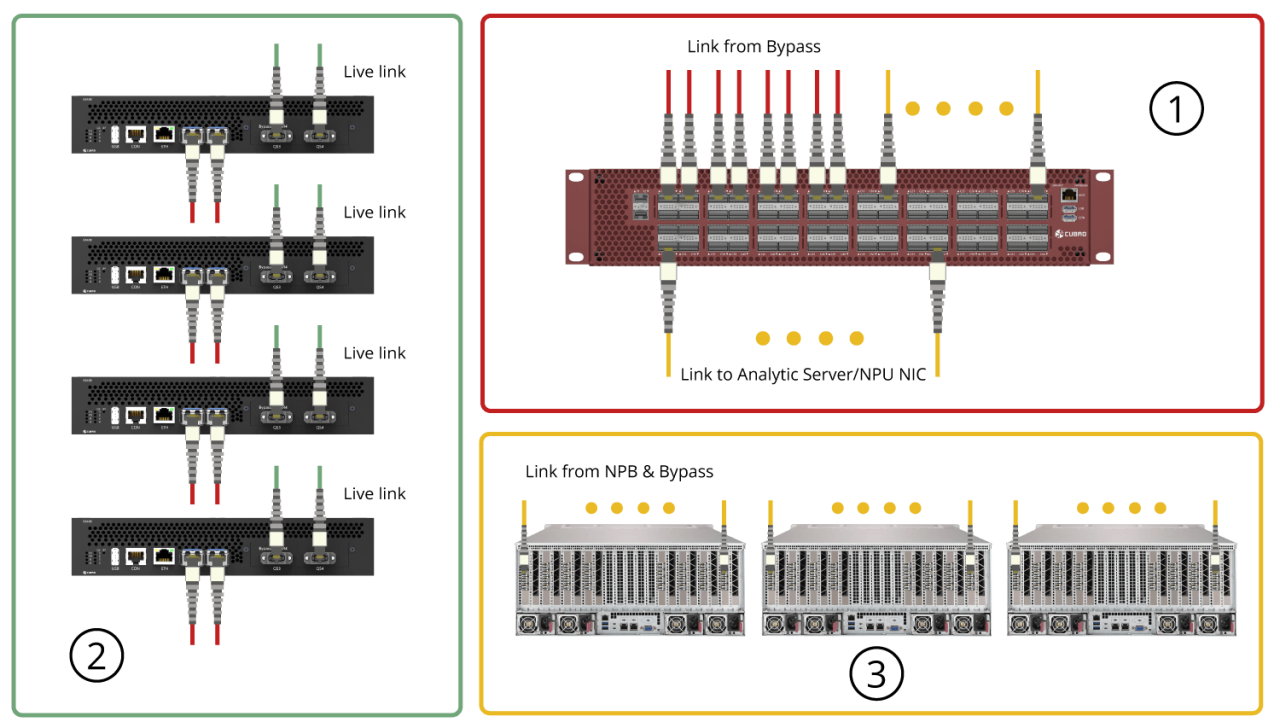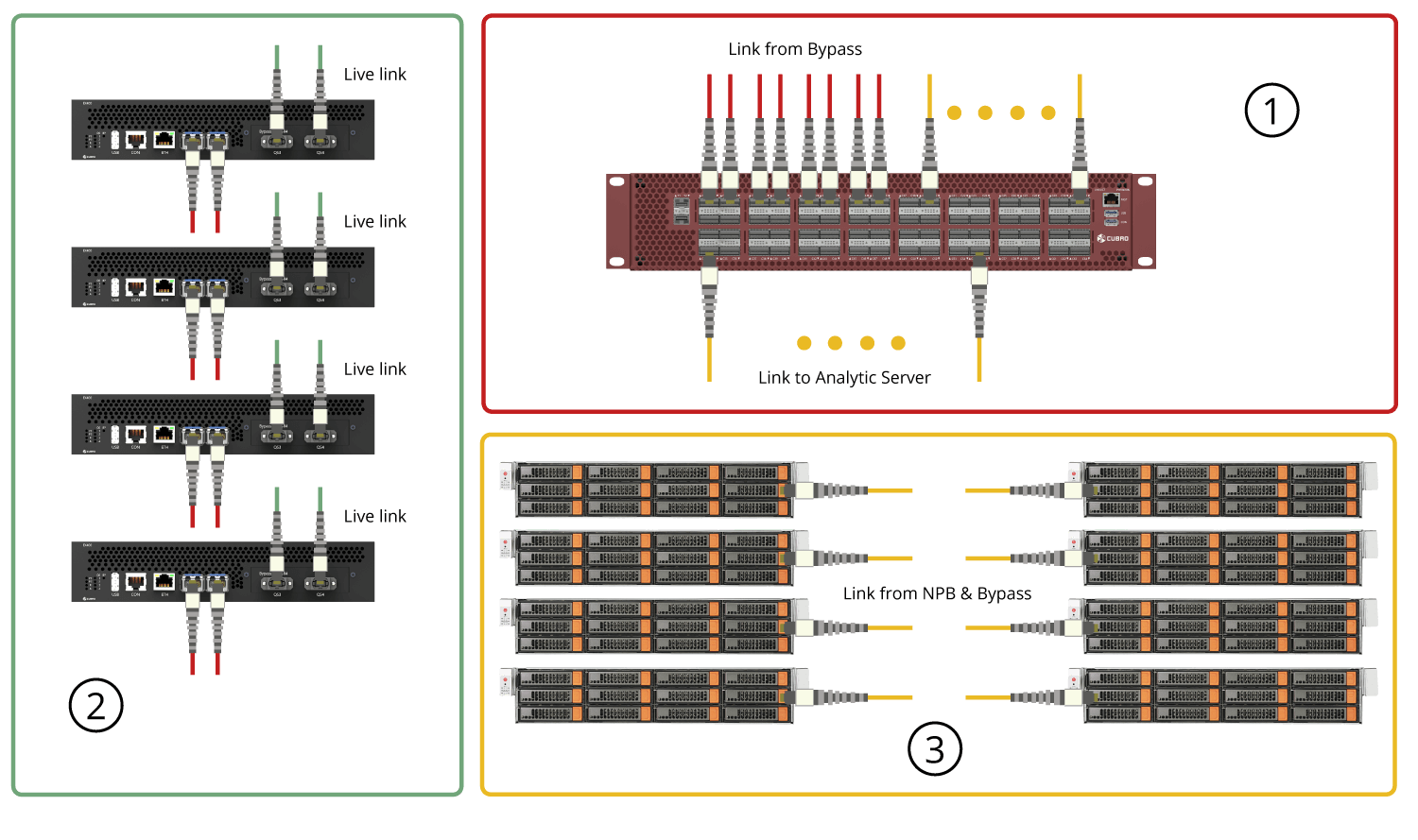Deep Packet Inspection (DPI)
Navigating the Data Analytics Landscape to Drive Better Outcomes
Data analytics is critical for Communication Service Providers (CSPs), enterprises and public offices as it provides valuable insights into customer behaviour, network performance, and resource allocation. By effectively leveraging data analytics, organisations can improve their operations, drive better business outcomes, and gain a competitive advantage in the market.
However, organisations face various challenges due to the ever-increasing data volume and user plane bandwidth. They must find ways to manage, monitor, and analyse the data while ensuring data security and optimising network performance. With the growth of data volume, organisations must find ways to manage and store the data, which requires significant investments in hardware and software solutions.
To overcome the challenges posed by data analytics, organisations are actively seeking ways to reduce the amount of data transferred to the monitoring systems.
Deep Packet Inspection (DPI) using Cubro Products
Deep packet inspection (DPI) is a method of examining and managing network traffic. It is a form of packet filtering that locates, identifies, classifies and reroutes packets with specific data that conventional packet filtering cannot detect.
DPI functions are at the application layer (L7) of the Open Systems Interconnection (OSI) reference model. Deep packet inspection can be executed in various devices. New Generation Firewalls (NGFW) have L7, but L7 FW solutions have limitations in both application detection and capacity.
DPI examines the contents of a message and identifies specific applications or services. DPI also brings invaluable information for security tools in addition to application awareness. Filters can be used to search and reroute network traffic from a specific Internet Protocol address range or a certain online service, such as Facebook or Twitter.
DPI is used for many applications such as:
- Network Management
- Extended Detection and Response
- Network and Subscriber Analysis
- Network Security
- Content Regulation and Analysis
- Advertising
- Application Filtering and Load Balancing
Different DPI Approaches
Cubro offers different options depending on the customer environment and network type.
- EXA6400 can perform several functions:
- Filtering/Deduplication
- Aggregation
- Load Balancing
- The Cubro Optical TAP is entirely passive, and it does not interfere with live traffic.
- Servers that are equipped with the Cubro NPU/Smart NIC can analyze traffic, providing both user and application statistics, as well as metadata for application filtering. The analytics function will continue to work even if the traffic to the subscriber is blocked.
Passive DPI refers to a network monitoring approach where the data is captured from TAPs and SPAN ports, analyzed, and presented to the customer for network optimization and monitoring.
- EXA6400 can perform several functions:
- Inline traffic blocking
- Aggregation
- Load balancing
- EX400 Bypass protects the live link in case of an issue.
- Servers that are equipped with the Cubro NPU/Smart NIC can analyze traffic, providing both user and application statistics, as well as metadata for application filtering. The analytics function will continue to work even if the traffic to the subscriber is blocked.
Semi-passive DPI is a step further, where it not only monitors but also can block applications completely, although this is done on a network-wide level and not per user.
- EXA6400 can perform several functions:
- Aggregation
- Load Balancing
- EX400 Bypass protects the live link in case of an issue.
- Cots Servers analyze traffic to provide user and application statistics, as well as perform application filtering. A sizeable server can typically manage up to 100Gbit, which implies that numerous servers are required for large networks, resulting in increased costs.
Active DPI, on the other hand, is an inline solution actively involved in network traffic. It is also known as a service gateway and is capable of analyzing traffic, blocking, and throttling applications on a per-user level. As it is fully inline, it can impact the network if it fails, so bypass infrastructure is needed. It is also server-based.
Benefits of Cubro DPI Solution
- Increase security posture, Customer Experience Management, Service Assurance, regulatory compliance and planning
- Improve sustainability and lower energy costs
- Reduce the amount and size of network visibility and tools equipment – lower CAPEX and OPEX
Cubro DPI – Use Cases
Cubro’s Deep Packet Inspection (DPI) solution is designed to enable the analysis and management of IP traffic, providing real-time application awareness and network visibility. Cubro DPI helps businesses make informed decisions about bandwidth or traffic management while providing insight into network security and subscriber analysis. Additionally, Cubro DPI can facilitate content regulation, targeted advertising, and application distribution and load balancing. This powerful technology is essential for anyone looking to optimize their network performance and keep their IP network security in today’s fast-paced digital world.

Our newsletter provides thought leadership content about the industry. It is concise and has interesting content to keep you updated with what’s new at Cubro and in the industry. You can unsubscribe anytime with a single click.
This site is protected by reCAPTCHA and the Google Privacy Policy and Terms of Service apply.










